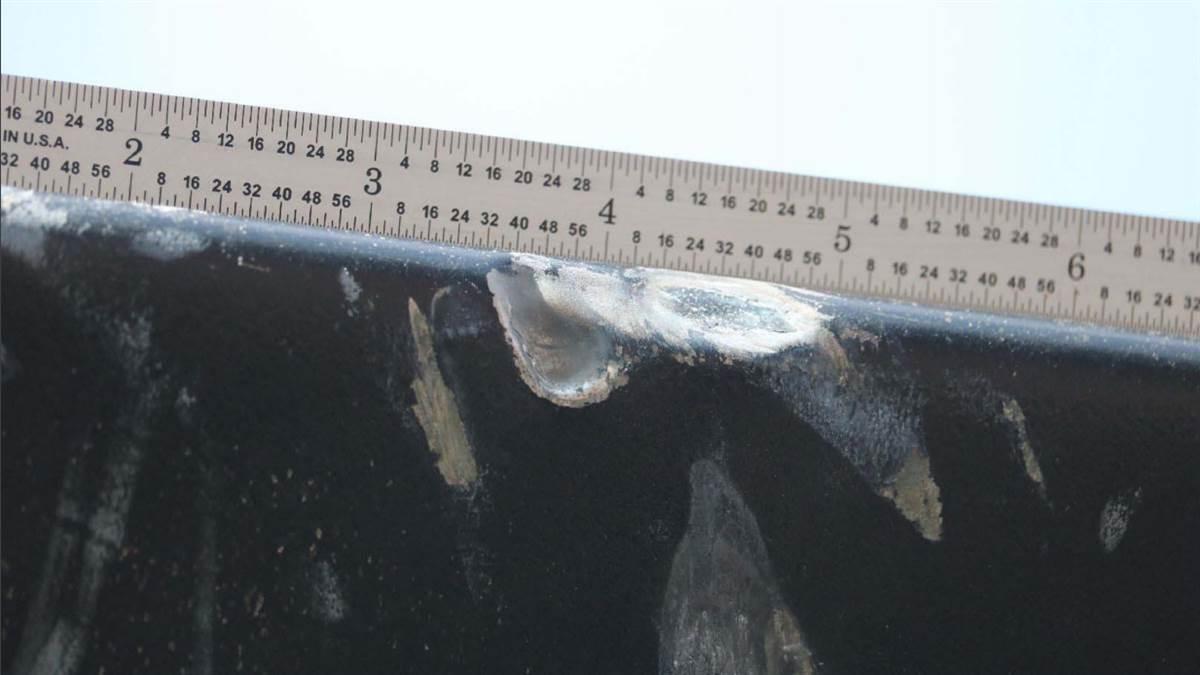Whew where do we even start . . .
First of let's get one thing straight... Search and Rescue isn't "Commercial" because the FAA wants your $150. That's about the biggest bunch of hogwash I've seen today. The FAA isn't getting that $150 but none the less it's silly to think that. Any flight that is not hobby/recreational has to either fall under Commercial or Public Use. Only a Govt aircraft can be a Public Use Aircraft so that leaves the rest of us operating under Part 107 Regulations. In no galaxy is Search & Rescue a HOBBY/Recreational endeavor. It's not about $$ nor has it ever been.
The best way to get "involved" with SAR is to get yourself embedded with a local SAR group and learn how SAR works. If you don't understand how SAR works and what you will actually be looking for (
and it's not usually a human standing in the middle of a field waving their arms at you... unfortunately) then you are wasting your TIME, risking your EQUIPMENT, and worse you are wasting resources within the Incident Command that could be utilized in other tasks. Doing SAR with a sUAS is not going up to 399' and taking this beautiful landscape picture showing the horizon and landscape around you. Unfortunately more often than NOT this is exactly what the sUAS operator submits to IC for review simply because they honestly do not know any better. We have specific operations we are performing in a specific area trying to create USABLE data that can be used to help eliminate large search areas and/or to look for small items that are out of place.
As
@sar104 pointed out we have to be able to INTEGRATE into an existing system which could include other sUAS and MANNED aircraft. It's not uncommon to have a manned aircraft in the area searching a grid and us flying in an adjacent grip with a pair of sUAS. If you don't know how/where to communicate and coordinate then you are a PROBLEM instead of a valuable resource.
If you don't have NIMS ICS training then you're not going to understand what the Incident Commanded is asking of you.. actually you won't know what the Incident Commander is or what his/her role is in the Incident Command System. They might as well be talking in KLINGON because it doesn't make sense if you aren't familiar with the lingo and the Chain of Command. In some instances if you're not credentialed you won't even be allowed to be on-scene during a live Incident.
Next.... to say and think that our "toy size" aircraft are the only sUAS being used for Search and Rescue is VERY short sighted. Part 107 is much more than just Mavics and Phantoms. MUCH more indeed. We are operating fixed winged aircraft that could weight up to 54lbs and MuliRotors that can carry 15lbs of payload long distances and so much more. Really and truly a Mavic has some use in SAR operations it's not designed for such and not the ideal sUAS for such work. We use Mavics, Phantoms, Inspires, Matrices, and so many others and to think any other way is just silly.
If anyone is serious about sUAS SAR I am more than willing to help in any way I can. I have lots of resources and a good deal of experience in both real-world SAR as well as training and help departments set up Public Safety sUAS programs. I've done this a good while and I've been training and consulting across the southeastern US for a while now.
Lastly, to say "I haven't seen waivers for THAT/THIS/THOSE" doesn't actually mean that much. Once a sUAS program is established on a Department level utilizing Part 107 operations, most departments will take this one step further and start working on a Public Use COA. This is a lengthy and very intensive process it's very worth while because you can have many things that aren't allowed under P107 built into the COA from the get go. For instance Daylight Waivers, Flight Over People, Flying BVLOS, and more. Every COA is unique and requires a lot of leg work, severa levels of authorization including a dept level attorney sending a letter on your behalf to the FAA but once it's done it really opens up your ability to fly your sUAS in many various situations. Just because something isn't n the Part 107 waivers database doesn't mean we are not able to fly outside of those limitations in many instances.










